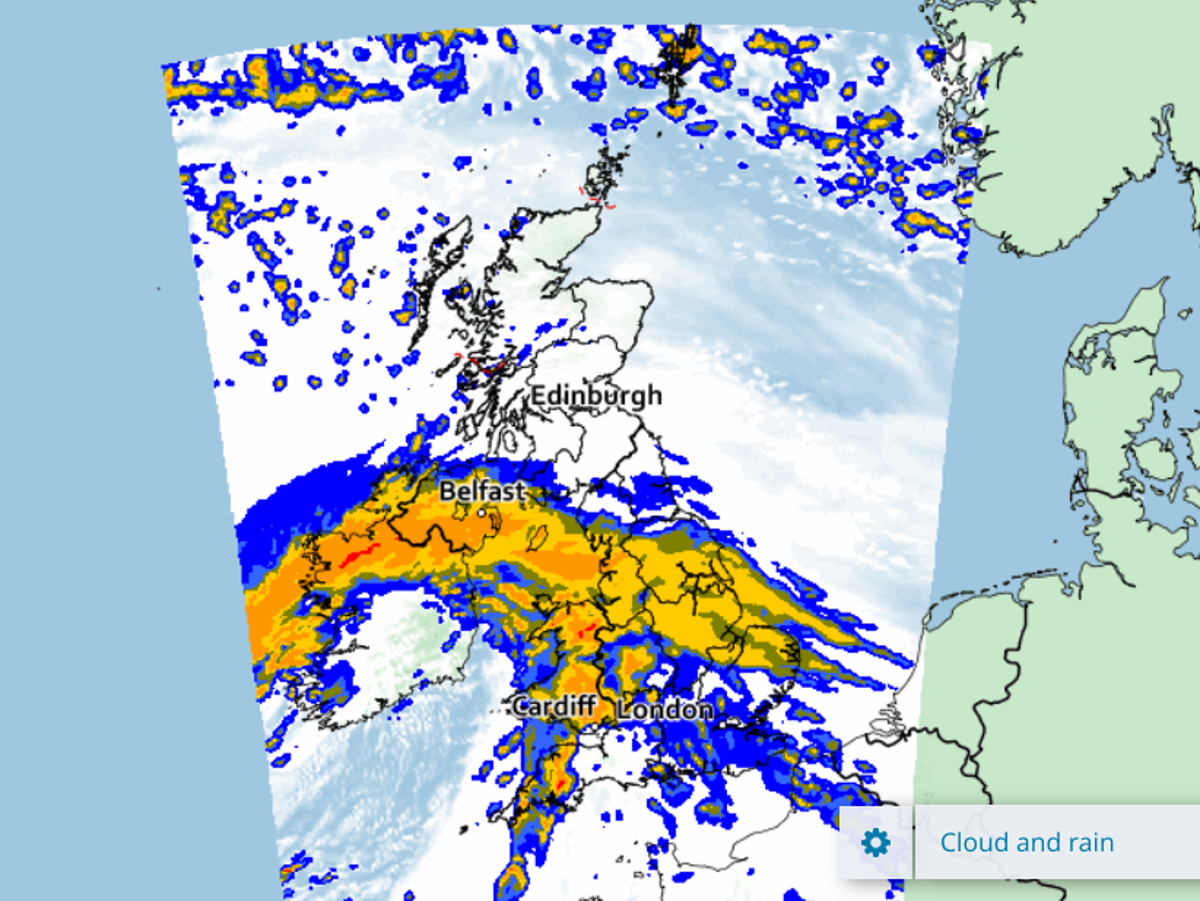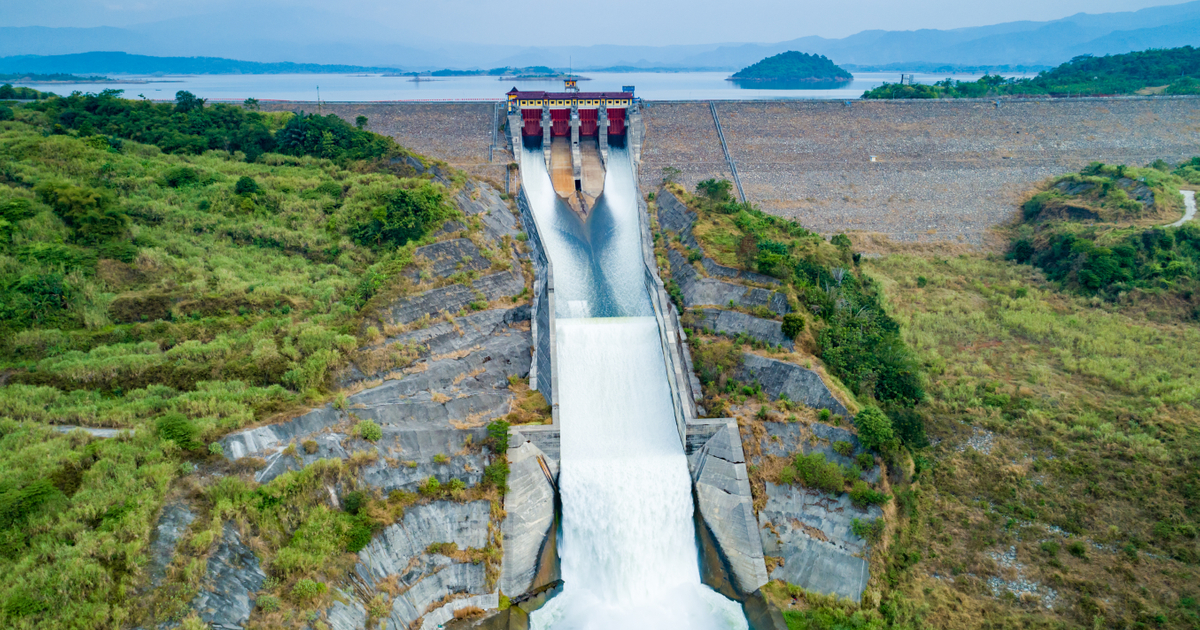Why 'Just Breastfeed' Isn't a Solution to the Formula Shortage
The nation is faced with a shortage of baby formula, due in part to a massive recall of contaminated formula from one of our very few mega-suppliers of the stuff. Parents now have to explore all their options for...


Photo: O_Lypa (Shutterstock)
The nation is faced with a shortage of baby formula, due in part to a massive recall of contaminated formula from one of our very few mega-suppliers of the stuff. Parents now have to explore all their options for finding safe sources of food for their babies—we have a guide to that here. Meanwhile, ignorant hot-take-havers are saying things like “why don’t people just breastfeed then?” Well, let me break it down for you.
Before we get into the why, let me give a disclaimer, because I’m sure I’ll be roasted as an anti-breastfeeding evil hag witch, or whatever. I breastfed all three of my kids. One never got a drop of formula; the others got very occasional bottles. I think I’ve bought three or four packages of formula in my entire life. I believe that our society needs to do more to enable people to breastfeed when they want to, starting not with questioning others’ choices on social media but with big, meaningful changes like paid parental leave. But if your baby is on formula, you need formula for your baby to be able to fucking eat. And that should not be a controversial statement. (There. Now I will probably also be roasted as a pro-breastfeeding evil hag witch.)
What triggers milk to be produced?
Breastmilk doesn’t just exist in breasts everywhere, ready to be unleashed at the turn of a spigot. Here’s a big fun fact that will explain a lot of things: A person with breasts does not naturally produce milk until and unless they become pregnant. (This is true of animals, as well: If you’re a dairy farmer, a big part of your job is making sure all your cows get pregnant.)
During puberty, breast tissue begins to grow; this happens around the same time that ovulation and menstruation begin. Later, when that person becomes pregnant, the breast tissue develops further. The glandular tissue in the breast grows, with ducts branching apart from each other. Epithelial cells turn into milk-producing cells. Toward the end of the pregnancy, small amounts of colostrum (a precursor to milk) are produced.
Within the first few days after giving birth, milk begins to be produced in large quantities; it’s now mature milk, opaque and white, and not colostrum, which is yellowish and sort of clear. This is sometimes referred to as one’s “milk coming in,” and the sudden increase in volume can be uncomfortable, even painful.
Let’s say you breastfeed from the start. The baby suckles, and you keep producing milk. At first, hormones keep up the production of milk; after a while, this hormonal signal fades and the breasts’ supply of milk scales to demand. (In other words, the less the baby eats, the less you produce.)
Once the baby stops nursing and/or you stop pumping milk, your body will slowly stop making it. There’s no set length of time for the supply to shut off, but it’s often gone or nearly gone within a few weeks.
Can you breastfeed later, if you’ve stopped doing it?
So if you’re wondering why people don’t switch back to breastmilk, you have to ask yourself: Who even can breastfeed? The answer is: People who have recently given birth, and who were able to produce milk after birth (some can’t), and who have been nursing or pumping regularly since then.
In other words, the people who can breastfeed are the people who are already doing so. If somebody is breastfeeding (or pumping) some of their baby’s milk, and supplementing with formula, then they might be able to shift the balance. Pump or nurse a little more, and you may be able to increase your supply enough that you can use less formula. Rest assured that people in this situation have already considered this possibility and are doing it if they can.
But people who weren’t able to breastfeed their baby at first (whether for medical or other reasons) can’t necessarily turn around and start producing milk. Some can: The American Academy of Pediatrics (AAP) has a guide to re-lactation, and notes that you have the best chance of succeeding if your baby is less than three months old. Even so, it may take weeks to re-establish your supply.
It’s also possible to induce lactation even if you haven’t been pregnant before, but the process takes weeks to months, may involve prescription drugs, and is often unsuccessful. It’s definitely not a short-term solution for a formula shortage.
How long do babies need breastmilk or formula?
Babies need to eat nothing but breastmilk or formula for the first six months or so of their life; after that, they can add in “solid” foods, which typically include the stuff in jars and pouches. Baby food is not appropriate for infants younger than six months (or, in some older recommendations, four months).
By the time they’re a year old, babies are still drinking a lot of formula or breastmilk, but their digestive systems are now mature enough that they don’t need the exact balance of nutrients in human milk. This is the time that pediatricians say it’s fine to swap out their formula for plain old cow’s milk. (There are “toddler formulas” available, as well.)
The AAP says that, due to the shortage, babies who are close to a year old can start drinking some toddler formula as a stopgap. For babies who are between 6 and 12 months, cow’s milk may be an option, as well. After all, these babies are beginning to eat solid food, including dairy products. They note that “This is not ideal and should not become routine, but is a better option than diluting formula or making homemade formula.”
How did babies eat before modern formula was invented?
Another variant of the “just breastfeed” hot take is to point out that our ancestors managed to survive on breastmilk or homemade substitutes; modern formula has only existed for about the past century.
It’s true that more babies were breastfed in the distant past than are today. Sometimes a family member or friend would be able to breastfeed a child whose mother died or was unable to produce milk. In some cultures, a “wet nurse” might be hired (or ordered, if enslaved) to feed a baby; but these wet nurses would be people who had children of their own. Sometimes the baby at home became malnourished because their mother was unable to adequately feed both.
It’s also true that babies died when they could not be properly fed. When breast milk was not available, substitutes may have included animal milk, grain-based “pap” or broth mixtures, and eventually homemade and commercial formulas. These recipes and substitutes didn’t always provide adequate nutrition, and the bottles and feeding boats weren’t always kept clean enough to be safe from bacterial buildup. According to one estimate, one third of babies who were “artificially fed” in the early 19th century died in their first year of life.
So, yes, breastfeeding is one way that babies can be fed. But it’s not an option for every baby, and there was never a world in which every baby could be safely and adequately breastfed. It’s not helpful to tell parents who are facing a formula shortage to “just breastfeed.”

 BigThink
BigThink 
































